WILLCOME Medical examination gloves are an important piece of protective equipment for anyone who may come into contact with bodily fluids. Medical gloves are available in both latex and latex-free options, such as nitrile, latex, vinyl. Medical examination gloves are disposable protective gloves commonly used in healthcare settings, laboratories, and various other applications where hand hygiene, barrier protection, and infection control are essential.



Material Variety: Medical examination gloves are available in various materials, including latex, nitrile, vinyl, polyethylene, neoprene, chloroprene, and polyisoprene. The choice of material depends on factors such as the intended use, allergies, and chemical resistance requirements.
Barrier Protection: These gloves act as a barrier to protect both healthcare professionals and patients from direct contact with bodily fluids, pathogens, chemicals, and contaminants. They help prevent the spread of infections.
Latex-Free Options: Many medical examination gloves are latex-free, making them suitable for individuals with latex allergies or sensitivities. Nitrile, vinyl, and other non-latex materials are commonly used to address this need.
Powdered or Powder-Free: Gloves may be available in both powdered and powder-free versions. Powdered gloves use cornstarch or other materials to ease donning, while powder-free gloves are preferred in environments where powder contamination should be avoided.
Texture: Some gloves have textured surfaces, such as finger or palm texturing, to provide an improved grip and tactile sensitivity, especially in wet or slippery conditions.
Ambidextrous or Hand-Specific: Medical gloves are available in both ambidextrous (suitable for either hand) and hand-specific (designed for left or right hand) options.
Sizes: Gloves come in various sizes, including small, medium, large, and extra-large, to ensure a proper fit for different users. Proper sizing is crucial for comfort and effectiveness.
Cuff Length: The length of the cuff varies, with some gloves having extended cuffs for added protection, especially during surgical procedures.
Thickness: Gloves come in different thicknesses, typically measured in mils or millimeters. Thicker gloves offer greater durability and protection but may compromise tactile sensitivity.
Color Coding: In some cases, medical gloves are color-coded to distinguish between different sizes or materials, simplifying glove selection and use.
Sterile and Non-Sterile: Sterile gloves are individually packaged and sterilized to maintain aseptic conditions for use in surgical and invasive procedures. Non-sterile gloves are suitable for general medical examinations and non-invasive tasks.
Chemical Resistance: Certain glove materials, such as nitrile, offer excellent chemical resistance and are suitable for handling hazardous substances.
Ease of Donning and Doffing: Gloves should be easy to put on and remove, promoting efficient and safe use in clinical and medical settings.
Product Name | Medical Examination Gloves / Powder or powder free Examination Biodegradable Medical Exam Gloves | ||
Picture |
|
|
|
Material | Nitrile | Latex | Vinyl |
EO Sterilized | Optional | Optional | Non-sterile |
Color | Blue, Black, White, Purple etc | White, beige, etc | Clear, Blue, Black, Pink, Cream etc |
Weight | 3.0 gram / 3.5 gram / 4.0 gram / 4.5 gram / 5.0 gram / 5.5 gram | 5.0 gram / 5.5 gram | 4.0 gram / 4.5 gram / 5.0 gram / 5.5 gram |
Surface | Powdered / Powder-free; Smooth / Textured | Powdered / Powder-free; Smooth / Textured | Powdered / Powder-free; Smooth |
Fit | Good fit, but reduced dexterity | Best fit and dexterity | Looser fit and less dexterity |
Size | <=6"(XS), 6.5"(S), 7~7.5"(M), 8~8.5"(L), 9~9.5"(XL) or customized | ||
Glove Type | Ambidextrous | ||
Packing | Individually packaging (Sterile) Non-independent packaging(Non-sterile) | Individually packaging (Sterile) Non-independent packaging(Non-sterile) | Non-independent packaging(Non-sterile) |
Customized packaging is acceptable | |||
Advantages | *Non allergic *High puncture and chemical resistance *Moderate protection against pathogens *Provide good comfort, soft and flexible *Easy to detect tears *Can handle moderate temperatures *Latex-Free | *Extremely flexible *High sensitivity *Biodegradable *High tensile stretch or ability to resist tearing *Good protection against pathogens *Available as powdered and powder-free | *Lightweight and soft *Provide average resistance to some chemicals like common alcohols *Can be used to handle low heat, such as hot food items *Economical *Latex-Free |
Disadvantages | *Non biodegradable *More expensive *More stiff than latex *Reduced touch sensitivity | *Latex allergies are becoming more prevalent *Latex may be banned in some states *Should not be used with orgnic soils, oils, gas, or grease *Hard to detect tears | *Long tensile strength, meaning it will tear easily *Low protection against pathogens *Breaks with prolonged use *Less flexible |

Latex - Optional
Latex gloves are made from natural rubber latex. They are known for their elasticity, comfort, and tactile sensitivity, making them suitable for a wide range of medical procedures. Latex gloves provide excellent barrier properties against viruses and bacteria. However, some individuals have latex allergies, which can lead to skin irritation or more severe reactions. Due to this, latex-free alternatives have become more common.
Nitrile - Optional
Nitrile gloves are made from a synthetic rubber compound called nitrile. They are highly durable, puncture-resistant, and offer excellent protection against a wide range of chemicals and biological hazards. Nitrile gloves are latex-free, making them a preferred choice for individuals with latex allergies. They are commonly used in healthcare settings, laboratories, and industries where chemical resistance is essential.
Vinyl - Optional
Vinyl gloves are made from polyvinyl chloride (PVC) and are an economical choice for basic medical examinations and procedures. They provide a loose fit and are less elastic than latex or nitrile gloves. While vinyl gloves offer limited barrier protection against some chemicals and pathogens, they are often used in non-critical healthcare applications and food service industries. Vinyl gloves are latex-free.

Healthcare/Medical Examination, Food Prep,Janitorial/Maintenance,Tattoo Parlors, Spray Paint, Laboratory, Factory etc.

Healthcare/Medical Examination, Food Prep, Cooking, Gardening, Laboratory, Janitorial/Maintenance, Factories, Hair-Care etc.
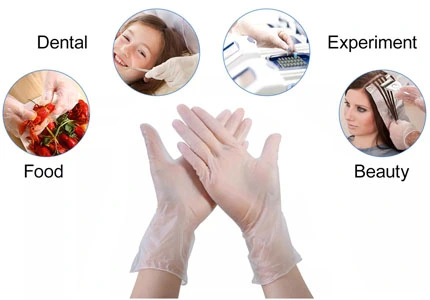
Food Prep, Janitorial, Education, Hair beauty, Clinics, Laboratory etc.
Medical / Examination, Laboratory, Clinics, Food processing, Industry cleaning, Hair beauty, and also Electric industry.
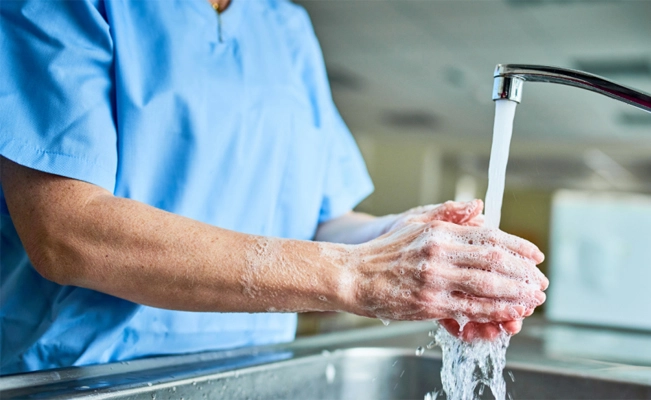
Wash Your Hands:
Thoroughly wash and dry your hands before putting on gloves to reduce the risk of contamination.
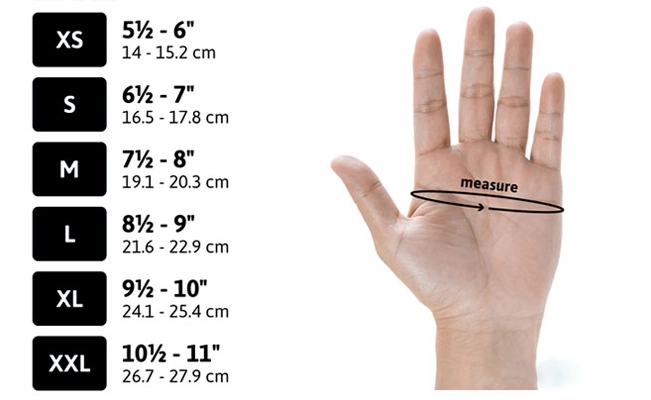
Choose the Right Size:
Ensure you have the correct glove size for a proper fit. Gloves that are too tight can tear easily, while gloves that are too loose can reduce dexterity.
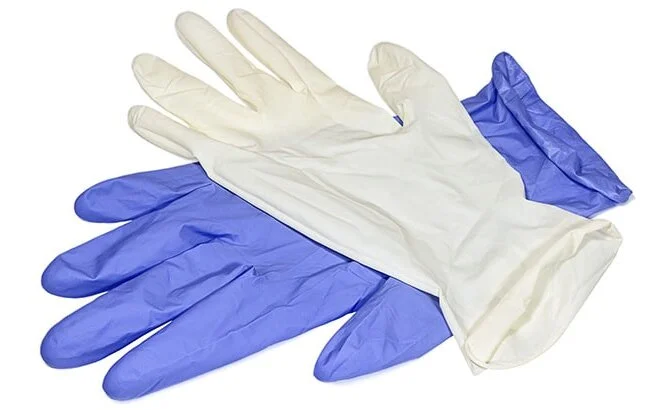
Inspect the Gloves:
Inspect the medical examination gloves for any tears, holes, or defects before use.
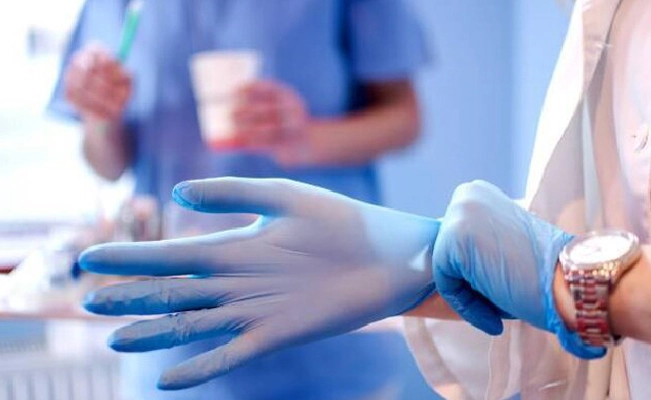
Putting on Medical Examination Gloves:
Slide your hand into the glove, ensuring your fingers fit into the appropriate spaces. Adjust the glove around your fingers and palm for a snug fit.
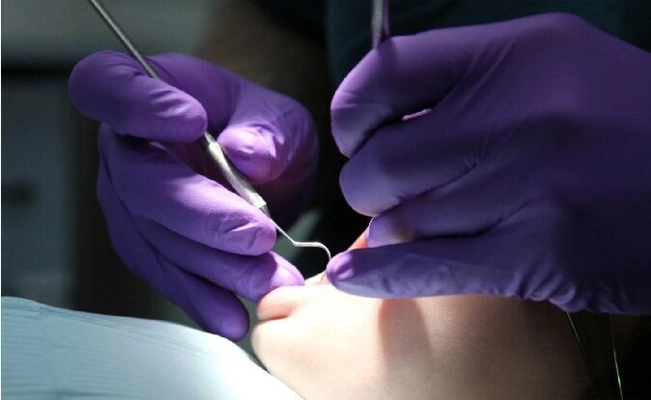
During Use:
Try to avoid touching surfaces that are not sterile to maintain the gloves’ cleanliness. If a glove tears or becomes heavily soiled, remove it immediately and replace it with a new one.
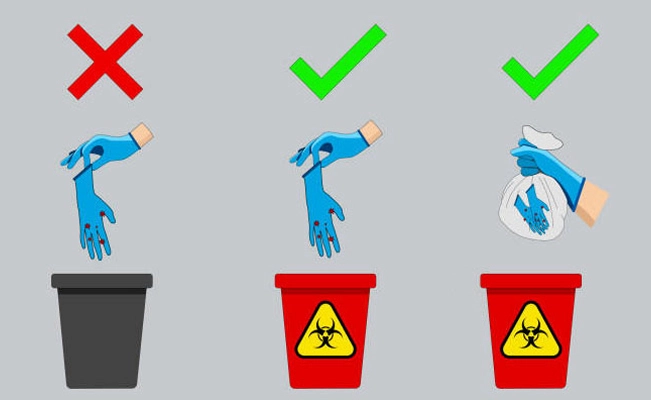
Removing & Disposing Medical Examination Gloves:
Peel the glove away from your hand, turning it inside out as you remove it. Hold the removed glove in your gloved hand. Dispose of the gloves in an appropriate waste container.